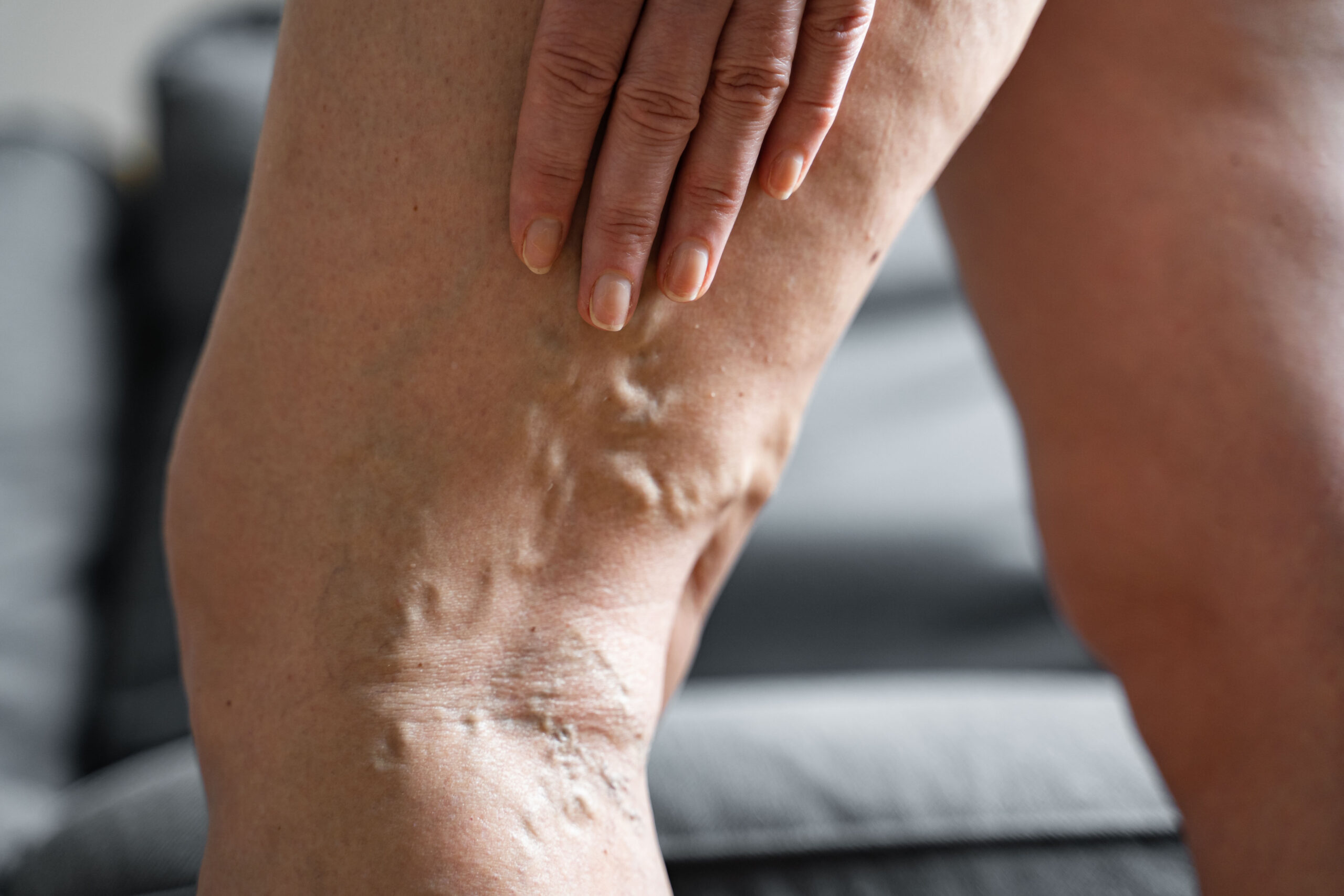From the heart to your blood vessels and arteries, the circulatory system is a complex network, which means circulation issues shouldn’t be ignored. Blood, oxygen, and nutrients travel freely through our body when our circulation is healthy, while waste is removed from our cells when our circulation is healthy.
Circulation can be poor when your blood cells don’t flow properly. Although blood circulation problems can have serious consequences, there are many everyday symptoms that show your blood is not pumping as well as it should — and they can affect anyone at any age.
What Are Symptoms of Circulation Issues?
You may experience short-term sensations of coldness, numbness, or pins-and-needles if your body is unable to transport blood and oxygen efficiently because of circulation issues. When your body restores blood flow, these symptoms usually pass fairly quickly and you won’t think about them again.
There are also a few unexpected symptoms you may want to be aware of, especially if you have medical conditions such as diabetes and high cholesterol. These can include an upset stomach, ulcers, dizziness, memory loss, and sometimes even loss of hair in your lower limbs.
This is where blood circulation therapy comes into play, a treatment that’s been a big help for tens of thousands of patients today.
Circulation Issues: What’s Actually Happening
You can get an upset stomach if it doesn’t receive oxygen-rich blood due to circulation issues — as with all vital organs. Symptoms such as abdominal pain, diarrhea, or even blood in your stools, although very rare, can indicate poor circulation. As a result of restricted blood flow, organ failure can cause digestive problems and decreased appetite. To rule out any serious underlying medical issues, always seek medical advice if you experience any changes in your bowel habits.
There’s actually some good news if you think you might have blood circulation problems, since some life changes can ease minor symptoms and prevent your issues from worsening. Fortunately, these healthier improvements are directly related to blood flow issues in feet and blood flow issues in legs.
Digestion and Other Areas
Occasionally, ulcers can result from poor circulation caused by blockages in our arteries. As a result, bulging veins and, in some cases, ulcers may not heal. Lower leg open sores are clear signals of circulation issues and should not be ignored. They should be treated immediately to avoid a broader infection.
Being dizzy, losing your balance, or becoming forgetful can all be signs that your circulation isn’t working as well as it should. Lack of blood flow to the brain can cause dizziness or forgetfulness. In this case, our brain will cut back on certain functions, like memory and balance, in order to focus on more crucial ones. Consult your doctor if you’re concerned about any of these symptoms.
Unintentional hair loss on the legs or feet may be a sign of poor circulation, even though some people appreciate a smooth leg. Hair follicles in the legs will not receive enough nourishment if there isn’t enough blood flowing to them. The problem is more evident in men, with many seeing a clear “sock line” of hair-free skin.
Ice cold feet are a known sign of circulation issues. Is it just a case of chilly toes or something more serious? In the case of icy cold feet, despite being warm throughout your body, or if you experience pain at the same time, poor circulation is likely to blame. Poor blood circulation in the legs can cause cold feet. As well as cold sensations, this can cause pain, numbness, and burning. Furthermore, numbness in your feet can mask potential foot injuries, as well as cause balance issues. So it’s important to know what’s causing it.
Support Healthier Blood Flow for Circulation Issues
Getting your body moving is the most important priority when you’re suffering from circulation issues. The most common cause of poor circulation is living a sedentary life. Long periods of inactivity result in a low metabolic rate and little use of muscles.
Exercise is key
Exercise burns energy, which produces more heat in your body. As you move, you’ll notice your limbs warm up. The following tips will help you:
- Don’t stop moving. Exercise such as long walks and exercise classes are key, but movement throughout the day is also important. Make sure you move every 30 minutes by setting a reminder. Keep in mind that you don’t need to move for long periods of time to prevent blood circulation problems. The effects of even three minutes of exercise every half hour have been demonstrated by research. Stand up often and take a break from your desk. Try running up and down the stairs while you wait for the kettle to boil.
- You should either combine or alternate strength training and cardio. In terms of circulation, lifting weights offers different benefits than cardio. Weightlifting, for example, will mainly increase the circulation in that specific area, such as your arms if you use dumbbells. Blood will circulate throughout your body as a result of aerobic exercise. It’s important to do both cardio and weights in every session if you want to reap their benefits and beat your circulation issues. Any activity that increases your heart rate will improve circulation throughout your body, such as running or walking.
- A strength training program can be helpful. It’s likely you will feel warmer if you have more muscle. Muscles allow for the growth of more blood vessels, which carry oxygen-rich blood all over the body. Strength training should be done at least twice a week, but equipment isn’t necessary. Performing body weight exercises, such as push-ups and squats, can work wonders.
You shouldn’t have to give in to blood circulation problems. Blood circulation therapy offers a positive, healthy way forward.
Blood-Enhancing Foods for Circulation Issues
To fend off circulation issues, it’s also important to ensure you eat foods that support healthy blood circulation, in addition to making lifestyle changes:
- Consume foods rich in flavonoids, such as onion, pomegranate, and pomegranate juice.
- It is beneficial to consume foods that contain nitric oxide, such as red chilies, garlic, cinnamon, beetroot, green leafy vegetables, and turmeric curcumin.
- Ingesting Vitamin C in any form is always helpful. This includes citrus fruits rich in flavonoids, like oranges and limes, as well as watermelon’s lycopene (a natural antioxidant).
- Increase your intake of nuts, including almonds, walnuts, and other healthy options.
- Increase your consumption of lycopene, vitamin K, and flavonoids by eating tomatoes and berries.
- Consume more omega-3 fatty acids by eating cold-water fatty fish (salmon, mackerel, tuna, herring, and sardines), plant oils, cod liver oil, chia seeds, flaxseed, nuts, and soybeans.
Blood circulation problems have a tougher time standing a chance against these pro-healthy options. You can mix them into your lifestyle to ward off circulation issues.
Wellness and Pain
A doctor who cares about your health and wellbeing is the best choice if you’re considering remedies for your circulation issues. Wellness and Pain offers non-invasive healthy options. Our treatments include conservative treatments, minimally invasive procedures, and surgery. We can help you avoid and manage problems by providing lifestyle education and home care advice. Not to mention, we can quickly relieve the conditions inhibiting your life by using state-of-the-art treatment.
Our care plan is customized to each patient’s medical condition and unique circumstances, reducing pain, improving mobility, enhancing mental clarity, and improving overall health.











